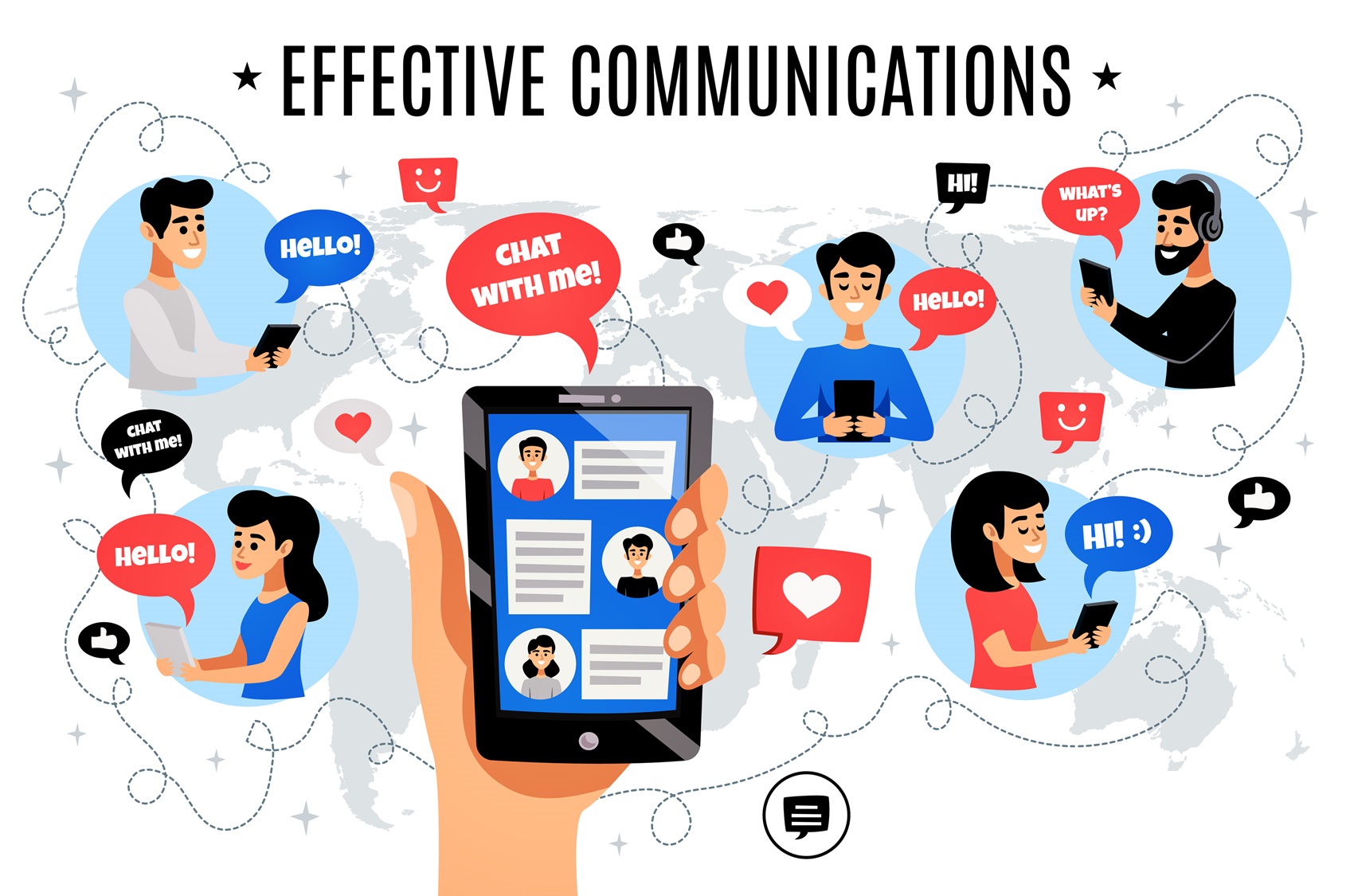Communication is the cornerstone of every successful relationship—be it personal, professional, or even with ourselves. Over the past 5 years, I’ve delved into formal and structured aspects of communication, learning from missteps and triumphs alike. Effective communication isn’t just about speaking/writing clearly; it’s about truly connecting with others, understanding their perspectives, and conveying your message in a way that resonates. Let me share seven ways that have consistently worked for me, using some personal stories where these techniques led to transformative outcomes.

1. Listen First, Speak Second
Early in my career, I thought effective communication was about presenting my thoughts eloquently. However, I quickly learned that communication is a two-way street. In one of my first team projects, I struggled to get my ideas across because I wasn’t really listening to others. It was only when I consciously started listening—taking in their perspectives and understanding their needs—that my ideas gained traction. Listening isn’t passive; it’s an active process of absorbing and engaging with the other person’s message. When you show genuine interest in others’ thoughts, your responses are more informed and meaningful.
2. Simplify Your Message
Complex language or jargon may sound impressive, but it often muddies the message. A few year ago, I was tasked with presenting a detailed project to a couple of executives. My initial draft was packed with technical terms, charts, and buzzwords. Midway through rehearsals, a mentor pulled me aside and said, “You’re overcomplicating it. They need to understand the big picture, not every single detail.” I simplified the presentation, focusing on the key points, and the result? Immediate buy-in from the board. Simplifying your message helps people grasp the essence of what you’re saying without feeling overwhelmed.
3. Body Language Speaks Volumes
There was a time when I was pitching an idea to a potential client. Despite my words being clear, I could tell I wasn’t making the connection I wanted. Afterward, I reflected on my body language—my arms were crossed, and my posture was closed off. Without realizing it, I was sending mixed signals. The next time, I made a conscious effort to stand openly, use hand gestures, and maintain eye contact. The difference was striking. Your body language can either support or contradict your words, so ensure it reinforces your message.
4. Tailor Your Communication to Your Audience
Not everyone speaks the same language—even when we technically do. I once gave a detailed, data-heavy presentation to a creative marketing team, and I could see their eyes glazing over. I had missed the mark by focusing too much on numbers and not enough on the creative aspects that excited them. I learned to adapt my communication style to fit the audience, considering what they care about and how they process information. Whether it’s a boardroom of executives or a team of designers, tailoring your message to the listener increases its effectiveness.
5. Ask for Feedback
Feedback is an essential part of effective communication. In my early blogging days, I didn’t always ask for feedback on my writing. I assumed silence meant I was doing fine. But once I started actively seeking feedback—asking readers what resonated, what didn’t—I noticed a sharp improvement in my engagement. The same goes for face-to-face communication. After a meeting or presentation, don’t be afraid to ask, “Was this clear?” or “Is there anything I missed?” Feedback helps you refine your communication skills and ensures your message is understood.
6. Use Stories to Illustrate Points
Humans are wired for storytelling. When I began integrating personal anecdotes into my blogs and presentations, I saw a dramatic shift in how people responded. A few years ago, I was explaining a complex leadership concept to a group of young professionals. Instead of relying on dry facts, I shared a story about a challenging leadership moment from my career. Not only did they understand the concept better, but they also connected with it emotionally. Stories make your message relatable and memorable, transforming abstract ideas into tangible experiences.
7. Practice Empathy
One of the most powerful communication tools is empathy. A few years ago, I was working with a colleague who seemed unengaged during meetings. Instead of confronting him directly, I asked him if everything was alright. It turned out he was dealing with personal issues, which explained his lack of focus. By showing empathy, I opened the door for honest communication, and we were able to work together more effectively. Understanding where someone is coming from can reshape how you communicate with them, ensuring that your message is delivered with care and consideration.
Final Thoughts
Effective communication isn’t about talking more or talking louder—it’s about making sure the message you send is received and understood. Over the past 15 years, I’ve learned that the most powerful communicators are those who listen deeply, speak clearly, and connect meaningfully. By simplifying your message, adapting to your audience, and showing empathy, you create an environment where real, impactful communication can take place. After all, every great connection starts with understanding.
